#NotAllTeachers!
No of course, this blog post is not intended to refer to all or any specific teachers in the area! Any claim to that effect is merely an unnecessary derailment of the issue at hand -excessively difficult music.
The post names and addresses a *systemic problem.* Private teachers deal with this issue frequently. The post is intended to put a voice to the constant frustration of seeing private students come in with egregiously poor choices in music selections. Selections that are completely unplayable because they are 3-5 (or more) years ahead of students' current private lesson material.
Most private teachers would love to support their students in all of their endeavors, but when students arrive with impossible music selections from Youth Orchestra and Public School Directors, private lessons are effectively sabotaged.
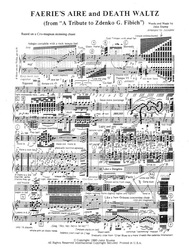
San Antonio pre-college music students are often given the impossible task of playing music that is far beyond the realm of appropriate difficulty.
If violin students are told to learn music that is so difficult that they cannot possibly hope to master it in a reasonable amount of time (or even hope to find the approximate location of all of the notes!), several things will occur:
-Students will get discouraged.
-Students will have the impression that they should always be working on nearly-impossible music, without regard to actual quality or ease of playing.
-Students will be physically and mentally tied up in knots.
-Students will not have the time to consistently advance fundamental technique (Intonation, Rhythm, Tone, the Physical, and Physiological) because they will be stuck in a cycle of constantly preparing for the next difficult audition or orchestral program.
All of these negatives can be packaged into a disease called:
Paralyzation by notes.
If you're a private teacher (of ages 12-18) in San Antonio, I'm sure you've been put in the awkward position of having to coach your students through inappropriately difficult music. Every year, I've seen students come in with scales, orchestral pieces, advanced etudes of the French school of violin playing, professional-level orchestral excerpts, and audition requirements that are 3-5 years beyond my students' current playing level.
When I first moved to San Antonio, I was completely caught off guard by the ridiculously high levels of difficulty in the School Orchestra, Region, All-State, and Youth Orchestra Music. I thought, "maybe it's just me!" I hadn't been teaching for many years, and I was a newbie to the "San Antonio Tradition."
Well, fast forward 8 years, and I can promise you- No. There is something seriously wrong with the San Antonio music education culture. If you are one of the "good" guys (prioritizing real pedagogical goals over so-called "achievement goals"), then look, I'm sure you can understand my point of view, and you know what I'm talking about. However, if you don't actively discourage other area teachers and organizations from harming your (shared) students, that silence is tacit support. You do not need to continue supporting a deeply flawed system that continues to be unhealthy for students.
From my experiences, the "San Antonio Tradition" of music education follows these principles:
1) Be polite to a fault, in regard to every aspect of music education.
There's no point in letting your students know what you really think would be best for them. It might lead to uncomfortable questions or confusion!
2) Be sure to schedule school orchestra and youth orchestra music that is as difficult as humanly possible. After all, it's important that amateur-level conductors, without degrees in conducting, have a chance to challenge themselves.
-It's preferable for orchestra music to be several years of experience ahead of the Solo music students are assigned.
-After all, none of the violins will stand out if they have to Air BowTM (fake) a couple of pages.
-Aim for: Mahler's 1st Symphony, Prokofiev's Classical Symphony, (Insert your favorite here!)
-Yes, it's for the bragging rights!
3) Have as many auditions and seating tests as you can possibly schedule.
Encourage your students to take as many auditions as possible, even if the music is inappropriate.
One student of mine, an average middle schooler (just starting to approach the 3rd position on the violin), had:
-Bi-weekly Chair tests at School
-3 times per year youth orchestra chair tests
-Region orchestra, with 8 separate excerpts
Add UIL Solo and Ensemble in High School, and this very average student has over 60 auditions between 8th and 12 grade. If you thought standardized tests in academics were bad, take a look at the sheer number of auditions students have.
4) Keep up a high-level of anxiety over events that are more important for teachers than for students (like the UIL Orchestra contest).
-This can be achieved by scheduling several extra hours a week of practice after school for such events.
-Preferably, the scheduling for extra rehearsals is done as late as possible, without regard for students' private lesson schedules.
-Be sure to threaten students with a demotion into a lower orchestra if they do not comply with extra after school rehearsals.
5) Make sure that students have at least 3-8 excerpts or pages, for each audition they take. That way, they'll be sure to spend all of their lesson time on audition material, rather than learning to play their instrument well.
6) When organizing contests, make sure the judging process is a little mysterious (just short of colored smoke signals), and that the audition day is grueling. It would be too easy to post all of the contest dates, music requirements, rules, judges' names and qualifications, and judging procedures on a single website.
Regarding Judging:
At the local UIL solo and Ensemble contests, no one really knows what the difference is in the distinctions of "1, 2, 3, 4."
I had a very upset student and parent come to me after they performed the G minor Bach Presto from memory and received a 2.
What's the difference between a "1 and a 2," I asked?
Student and Parent: "I dunno, a 1 is better."
When I judged UIL several years ago, I was told merely to give the students a number from 1-4. No rubric.
I gave out very few 1s, and several 3s and 4s. Those students sounded like they were sightreading poorly. I was not asked back! Apparently, I should have known that only 1s and 2s were acceptable grades.
At the Region Orchestra Competitions, students are put into several "cattle call" situations, where they're forced to hear 20-40 other students crash through the excerpts.
And how does the judging occur at the Region level? Are student ranked, or are random numbers from 1-1000 used to place students? You might be surprised!
The Region Orchestra judging processes (in every region in San Antonio) is totally unacceptable and produces very approximate results.
Some teachers require all of their students to participate in this competition, and even threaten to demote them to less-advanced school ensembles if they do not participate.
I can't imagine how that can possibly be healthy for students that are not experienced, or do not have the time and support for such an activity.
7) Assign high-position 3 octave major and minor scales to students that cannot play 1st position, one octave scales in tune.
Because every high school student needs an F melodic minor scale in 3-octaves! Duh.
8) Pretend that paralyzing students with notes is normal, and have a stock email ready:
"Thanks for reaching out to us. I always appreciate it when private teachers are pro-active in communication."
Sure you are! This is standard code for "Buzz-off! We've been doing things this way for 40 years," and we're content with the regularity of our planning, if not the actual results of sloppy teaching.
My breakthroughs in dealing with excessive auditions and inappropriate music:
Communication
Over the years, I've written a good 20 to 40+ emails to various teachers and organizations, and for the most part, nothing has changed. I know of other private teachers that have done the same or more.
More inexperienced private teachers tend not to speak out as much. Blacklisting by schools and youth orchestras is real. It's true, if you speak out against poor teaching practices, you probably will be blacklisted. The teaching community in San Antonio is small and overly self-protective to a fault. This is especially true when organizations prioritize their own public image above integrity-based pedagogical considerations.
Really, what is the advantage to having students suffer from music that is much too difficult? Who benefits, really? I can't possibly begin to wrap my head around it.
However, private teachers have something extremely important:
The overwhelming trust and respect of our private students. That's one side effect of spending 30-60 minutes a week, one-on-one, with students.
Your private students will listen to you. It's that simple. One of the best things I've done in my private studio is to strongly recommend that specific students stop participating in "opportunities" that are poorly designed and/or harmful for them.
-School Orchestra is too hard? Join the lower orchestra group and be a star. Or, take an art class.
-Youth Orchestra takes up too much time? Take a break!
-Audition material is inappropriate? Don't do it! Find something else.
There's no reason to give in to an unhealthy culture of inappropriate music selections and excessive audition testing. Resist!
The result has been a happier, more productive, more enthusiastic studio of students.
This season, auditions have been very pleasant for me as a teacher (5 of 30 students taking local auditions), and the students withdrawing from youth orchestras have found more appropriate and more beneficial uses for their time: string quartets, group playing, group recitals. They've grown more and had more success without the audition/testing/faking regime.
I wish you all a happy and healthy year, free from inappropriate music and excessive auditions.
-Matt
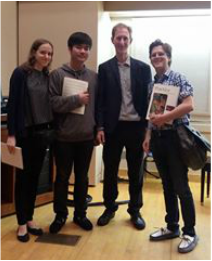
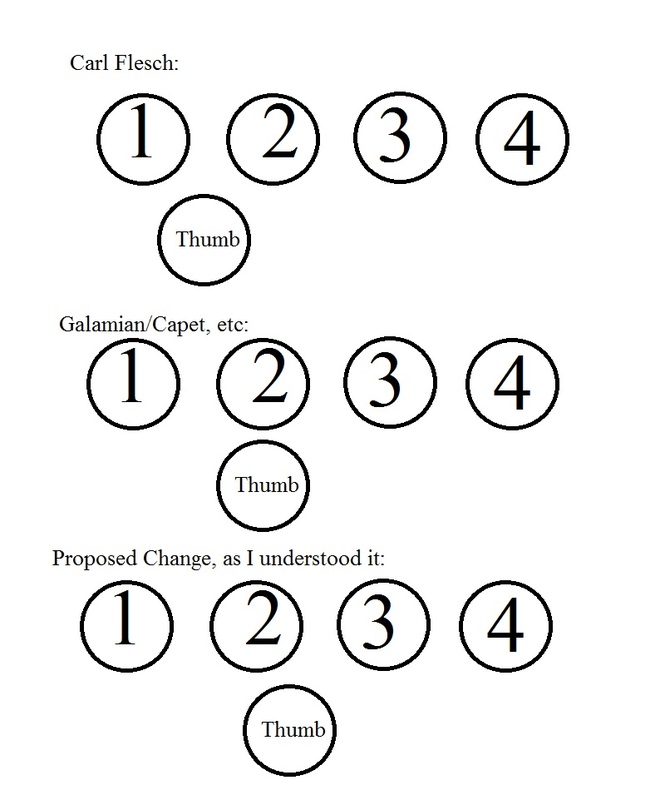
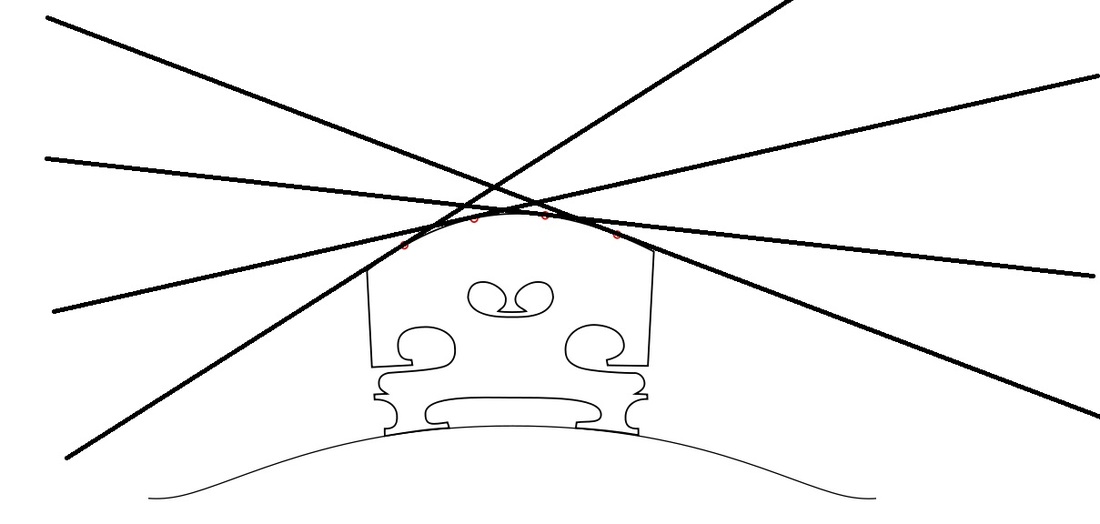
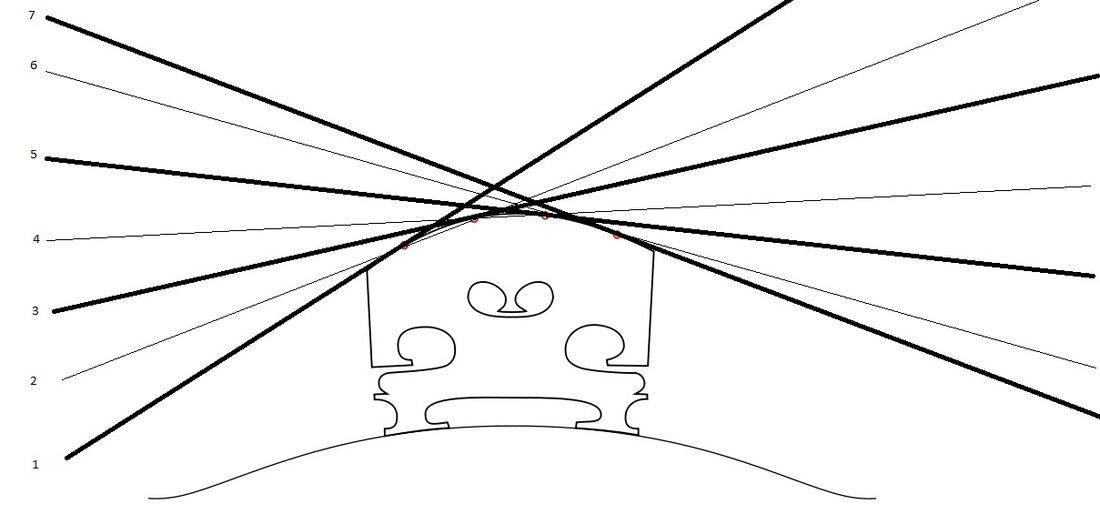
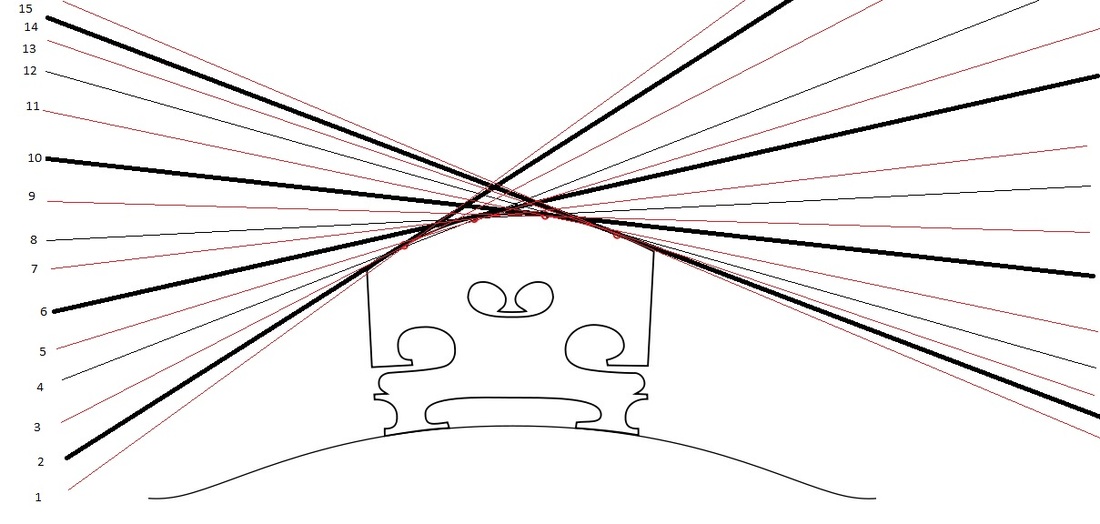
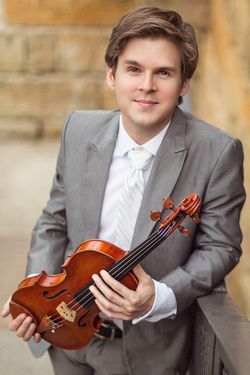
 RSS Feed
RSS Feed